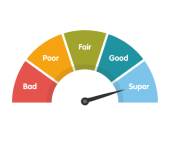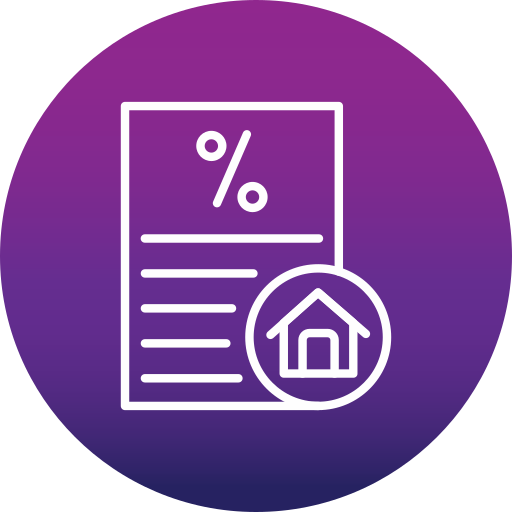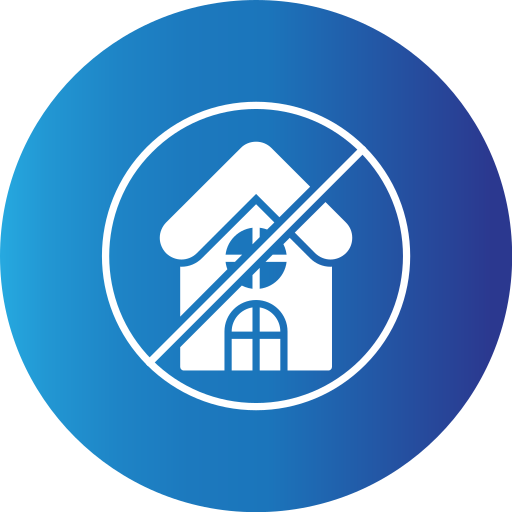Special Offers




Special Offers




Our goal at Aavas Financiers Ltd. is to revolutionize the industry and play a pivotal role in helping Indians from all walks of life achieve their dream of owning a home. As we strive towards this objective, we are committed to promoting sustainable development in the affordable housing segment.
Our Green Housing Program is the first of its kind initiative globally and seeks to bridge a critical financing gap in beneficiary-led construction of green individual homes.
The initial one year of this project was dedicated to innovating green home financing solutions that are inclusive, scalable, and cost-friendly. We developed a set of seven simple features that make up a green home by reducing the need for mechanical cooling and moderating water as well as electricity consumption.
Two years down the line, the Green Housing Program is in its full swing with a new pipeline of green home loans in its portfolio. The Company has taken a multi-dimensional approach towards green home ecosystem development with capacity building, community outreach, stakeholder engagement and development of value chain for green self-built homes.
At Aavas, we are dedicated to promoting clearly defined social and environmental advantages in the fields of energy and environment conservation, education, health, sanitation, and the development of sustainable livelihoods. We acknowledge the significance of implementing a responsible business strategy that ensures the sustainable growth of our enterprise and benefits all our stakeholders, including our customers and the communities we operate in.




Advantages & Key Features of Green Home
Aavas is proud to introduce 'Green Homes,' a groundbreaking program that unites industry leaders and housing developers in a mission to establish eco-friendly infrastructure and develop a Green Building blueprint. Our goal is to cultivate a sustainable framework for building and living in harmony with nature, and we're excited to spearhead this initiative with our valued partners. This marks a pivotal moment in our efforts to merge the advantages of eco-friendly homes with the affordable housing market in India, reinforcing our unwavering commitment to sustainability
Green Homes embodies a bold and visionary approach to cultivating sustainable, high-quality living for generations to come. Our project serves as a catalyst for implementing green technology and fostering environmentally conscious practices that prioritize the needs and aspirations of our communities. With this, we encourage the adoption of energy-efficient, eco-friendly building practices in the affordable housing sector.
India's rapid urbanization is projected to exceed 50% by 2050, with nearly 600 million people living in urban areas by 2030, driven by increased household incomes and the government's Pradhan Mantri Awas Yojana initiative. However, this surge in housing demand contributes to carbon dioxide emissions, potentially hindering climate goals. To address this, a study aims to enhance access to affordable green housing for low-income borrowers, focusing on assessing demand, supply chains, policy frameworks, and formulating strategies for the affordable green housing market. The study targets low-income households, including those led by women.
Don't miss out on this informative report! Download our research report to gain valuable insights on India's rapid urbanization, and the surge in demand for residential properties.

Download Green Home Guide
A green home, also known as an eco-friendly home or sustainable home, helps the environment in several ways:
Overall, green homes help to reduce the environmental impact of human activities and promote sustainable living practices, which are important for protecting the planet and ensuring a sustainable future for generations to come.
The connotation of a "green home" refers to a home that is designed and built with environmentally friendly and sustainable materials and practices. The term "green" is often used as a synonym for "eco-friendly" or "environmentally conscious," and refers to practices and products that are designed to minimize harm to the environment, reduce carbon emissions, and promote sustainability. A green home may incorporate features like energy-efficient appliances, solar panels, rainwater harvesting systems, natural lighting, and materials made from renewable resources. The connotation of a green home is positive, as it is seen as a way to reduce our impact on the environment while providing a comfortable and healthy living space for occupants.
Green building, also known as sustainable building, involves the design, construction, and operation of buildings in an environmentally responsible and resource-efficient manner. There are several important components of green building, including:
By incorporating these components into the design, construction, and operation of buildings, green buildings can help to reduce the environmental impact of the built environment and promote a more sustainable future.
Green building is necessary for a variety of reasons, including:
Overall, green building is necessary for creating a sustainable future and promoting a healthier, more prosperous society.
The scope of green building is wide-ranging and includes several areas, including:
Overall, the scope of green building is to create sustainable and environmentally responsible buildings that promote the health and well-being of occupants while minimizing the impact on the environment.
A green home is a type of environmentally sustainable and energy-efficient home that is designed, constructed, and operated in a way that minimizes its impact on the environment. It is also known as a sustainable home, eco-home, or zero-energy home.
Green homes incorporate various features and technologies that reduce energy consumption and promote resource conservation. These features may include:
The goal of green homes is to create a more sustainable and healthy living environment while reducing the overall environmental impact of the building.